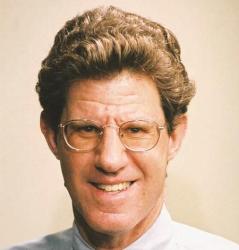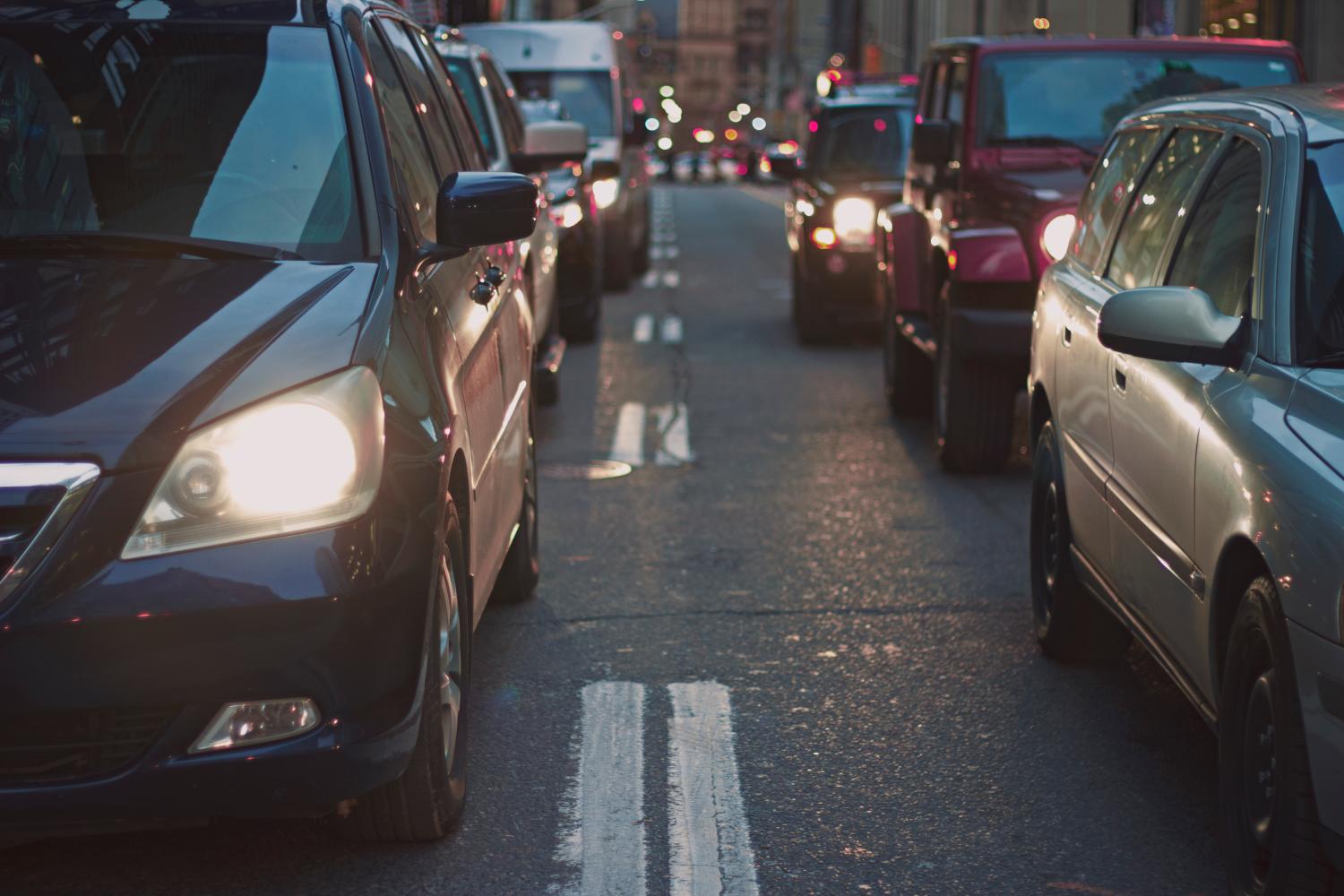Recovery from the Great Recession has brought more jobs, lower unemployment, and economic growth. But it’s also ushered in a much less welcome statistic: a rise in deaths due to traffic accidents. Are the two related?
New research to be published in the forthcoming issue of the Journal of Risk and Uncertainty by Brookings Senior Fellow Clifford Winston and the University of Houston’s Vikram Maheshri suggests they are—and that there are important takeaways from understanding that relationship.
In “Did the Great Recession keep bad drivers off the road?” Winston and Maheshri illustrate that traffic deaths decline during recessions (thus the rise when the economy recovers). They find that for every one percentage point increase in unemployment during the Great Recession, there was a 14 percent reduction in traffic fatalities—or about 5,000 fewer deaths per year.

Why traffic deaths decline during a recession
Economists have known for some time that traffic deaths decline during recessions, but Winston’s and Maheshri’s paper is one of the first studies to explain why. Using a novel dataset that followed individual drivers, their study revealed what publically-available, aggregate data couldn’t.
As it turns out, recessions don’t necessarily affect how many miles the average driver drives, but they do change the composition of drivers on the road. As unemployment rises, more dangerous drivers drive less, while safer drivers drive more.
What we can learn from the research
The paper’s findings are significant themselves, but as Winston and Maheshri point out: they should also inform policy solutions to traffic deaths.
If we know getting riskier drivers off the road can have such a big impact, then we should look for ways to do that. One readily available solution? Driverless cars.
“During the transition from human drivers to driverless cars, policymakers could allow the most dangerous drivers, who ordinarily might have their driver’s licenses suspended or even revoked following a serious driving violation…to continue to have access to an automobile provided it is driverless…this would expedite the transition to driverless cars and help educate the public and build trust in a new technology,” Winston and Maheshri write.
Expediting the adoption of driverless cars could save thousands of lives each year.

A win-win for drivers and the economy
While saving human lives is and should be the most important goal, there are also real benefits to the economy of reducing traffic deaths.
In their paper, Winston and Maheshri note that total savings from the reduction in traffic accidents and fatalities can be estimated annually at tens of billions of dollars when accounting for the value of life and limb, travel delays, and the costs of traffic repairs.
Driverless cars have the potential to be a win-win, for drivers and the economy as a whole.
Winston and Maheshri conclude their paper with this note:
“With the transition to driverless cars eventually complete, the risk among drivers would be eliminated. To be sure, automobile accidents, even fatal ones, might still occur. But that would post a technological instead of a human problem, which our society has historically found much easier to solve.”
For more on the study’s major findings, watch the animation below:




